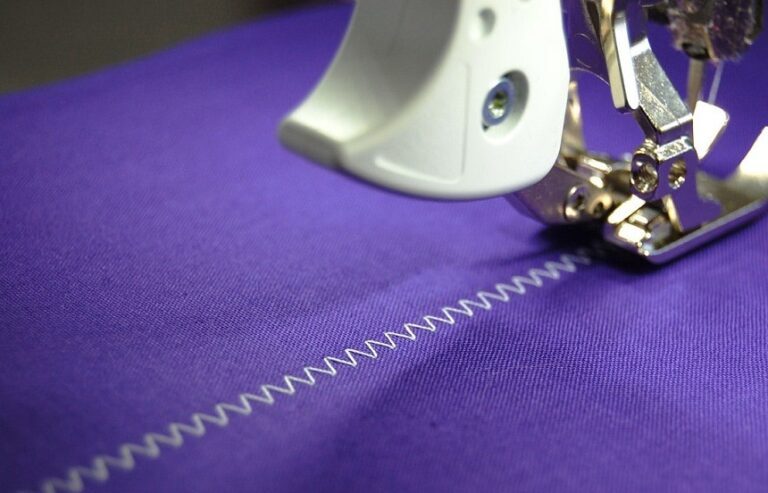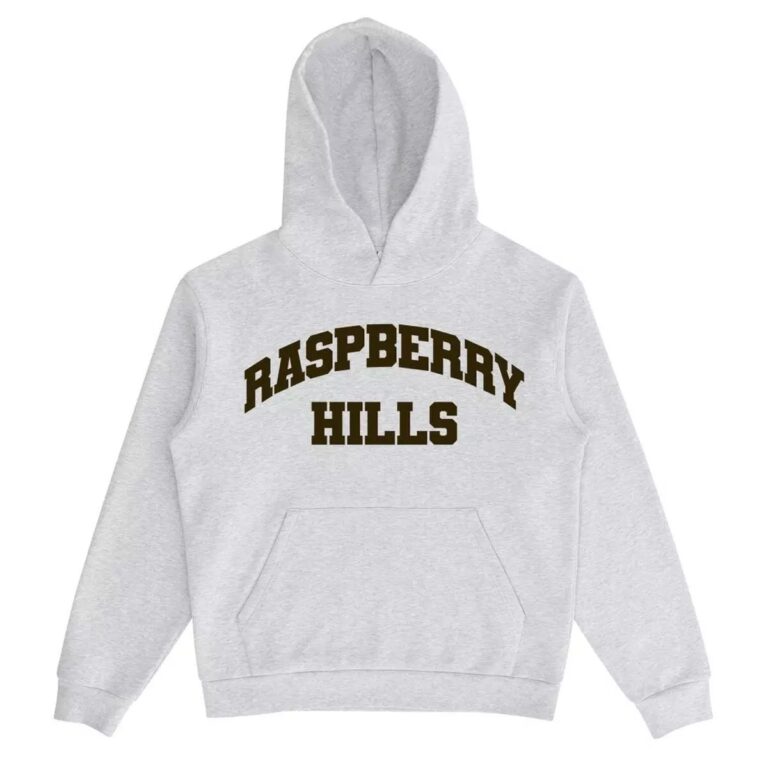A Beginner’s Guide to Types of Wine and Sparkling Wine
Wine has been one of the most famous drinks in the world for a long time. It’s enjoyed at everything from quiet dinners to big parties. It’s more than just a drink because of how different, complicated, and culturally important it is. Knowing the different types of wine, from the sparkling wines that are ideal for parties to the still wines that go well with food, helps you enjoy the craft and history of wine even more.
This guide covers the types of sparkling and still wines, their unique qualities, and how to enjoy them.
Understanding the Basics of Wine
At its core, wine is made from grapes that have been fermented. Different types of wine come from different grapes, locations, fermentation methods, and aging times. Still wines (those that don’t have bubbles) and sparkling wines (those that do) are the two main types.
Sparkling wines are usually saved for parties because they represent happiness and getting together with others. Still wines are usually enjoyed with food or to relax.
The Main Types of Wine
Five main types of wine are available, and each has its own unique taste and look.
Red Wine
Dark grapes are used to make red wines, and the skin is left on during fermentation to add color and tannins. A lot of the time, they are full-bodied, strong, and rich.Some common examples are
- Cabernet Sauvignon is known for having a strong taste and goes well with hearty foods.
- Merlot is soft and smooth, and it often tastes like chocolate and fruit.
- Pinot Noir has a lighter texture, a more elegant taste, and a flavor that is often somewhat earthy.
Red wines smell best when they are served at room temperature, which lets their rich flavors stand out.
White Wine
Green or yellow grapes are usually used to make white wines, and the skin is taken off before fermentation. They’re known for being crisp, cool, and fragrant.Some popular types are
- Chardonnay can taste like anything from buttery to citrusy, based on where it’s made.
- Bright and sour, Sauvignon Blanc often has hints of herbs, lime, or green apple.
- Riesling is known for its floral and fruity notes and can be sweet or dry.
White wines go well with lighter things like chicken, salads, and seafood.
Rose Wine
In terms of color and taste, rosé is in the middle of red and white wines. It is made from red grapes and acquires its pink color from touching the skins for a short time during fermentation.
Rosé is easy to drink, sweet, and light, making it great for summertime and casual get-togethers. It’s tasty for a lot of different tastes thanks to its careful balance of acidity and sweetness.
Dessert Wine
Dessert wines are sweet wines that are usually drunk after a meal. They can be enhanced, which means that spirits are added during fermentation, or they can be naturally sweetened by concentrating grapes.Here are some well-known types:
- Port is a rich, sweet wine from Portugal that has been enhanced.
- Sauternes is a French sweet wine that tastes like honey and apricots.
- Moscato is a favorite among people who like gentle sweetness because it is light, sweet, and often has a hint of fizz.
Sparkling Wine
The bubbles in sparkling wines are what make them unique. The bubbles are caused by carbonation during brewing. These wines are lively, cool, and fun to drink. Champagne is the most well-known, but there are a few others that you should try.
Types of Sparkling Wine
Not all sparkling wines are Champagne. In fact, types of sparkling wine vary greatly by origin, grape type, and production method.
Champagne (France)
This is the most prestigious type of sparkling wine. The méthode champenoise, in which secondary fermentation takes place in the bottle, is usually used to make it with a mix of Chardonnay, Pinot Noir, and Pinot Meunier grapes.
Champagne is famous for having small bubbles, a crisp acidity, and a wide range of flavors, from citrus and brioche to nutty notes. It’s ideal for wedding toasts, formal meals, and toasts.
Prosecco (Italy)
The Glera grape is mostly used to make Prosecco, Italy’s most popular sparkling wine. In contrast to Champagne, it is made using the Charmat method, in which secondary fermentation takes place in tanks made of stainless steel.
Prosecco tastes like pear, apple, and flowers and is lighter, fruitier, and often easier to drink. It goes well with fish and appetizers and is ideal for casual parties.
Cava (Spain)
Cava is like Champagne in Spain. It is made with traditional ways and local grapes like Macabeo, Parellada, and Xarel-lo.
Cava has a well-balanced taste with bright acidity and light hints of lemon, green apple, and almond. People often drink it as an appetizer or with tapas and other small meals.
Crémant (France)
French sparkling wines made with similar methods but not in Champagne are called Crémant. Because grapes from different parts of the world are used, these wines are known for their finesse and variety.
For instance, Chenin Blanc apples are often used to make Crémant de Loire, which has crisp, refreshing notes of lemon and pear.
Sparkling Rosé
Sparkling Rosé has the lively fizz of champagne and the soft fruitiness of rosé. You can produce Sparkling Rosé anywhere in the world, but it is especially popular at parties. Depending on the types of grapes used, it can taste dry and crisp or a little sweet.
Lambrusco (Italy)
Lambrusco is a red wine from Italy’s Emilia-Romagna area that has a light sparkle to it. It has fruity, slightly sweet tastes and a refreshing fizz, which makes it stand out from other sparkling wines.
What Makes Sparkling and Still Wines Different
The biggest difference between still wines and sparkling wines is how much carbonation they have. Still wines don’t go through secondary fermentation, which is what gives sparkling wines their bubbles and lively body.
Another difference is how they are paired. Sparkling wines pair well with appetizers, are suitable for parties, and help cleanse the palate.
Still wines, both red and white, go best with main dishes.Temperature is also important. It’s best to serve sparkling wines cold. Red wines taste better at room temperature, and white wines a little cooler.
Picking the Right Wine for the Event
You pick a wine based on your mood, the food, and the place where you are. As an example:
- For Celebration: Choose a sparkling wine like Champagne or Prosecco.
- Dinner Parties: Rich reds like Cabernet Sauvignon or Merlot go well with hearty foods.
- Summer Gatherings: Rosé or cool white wines like Sauvignon Blanc are ideal for summer get-togethers.
- Dessert Pairings: Moscato and Port are both sweet wines that go well with dessert.
Knowing these differences will help you make a better choice, whether you’re having a meal with friends or raising a glass to mark a special occasion.
6. Appreciating the Art Behind Each Type
The best part of trying different kinds of wine is learning about how each bottle was made. The climate, the land, the grapes used, and the fermentation process all affect the taste, texture, and smell.
Every kind, from the strong Cabernet Sauvignon to the light Prosecco, shows where it comes from and the culture that makes it. Paying attention to these details transforms simple sipping into a more intriguing and rich experience.
In Conclusion
Each type of wine has its own story to tell, from the fizzing charm of sparkling wines to the depth of still reds and whites. If you know about the different kinds of sparkling wine and other types of wine, you can definitely choose the right one for any event, whether it’s a party, a cozy dinner, or a night to unwind.
Exploring this variety not only makes you appreciate it more, but it also connects you more deeply to hundreds of years of winery history, one glass at a time.
Disclaimer:
This article is written purely for informational and educational purposes. It does not promote or encourage the consumption of alcohol. Wine and other alcoholic beverages should be consumed responsibly and only by individuals of legal drinking age in their respective regions. The author is not responsible for any misuse of information, health issues, or legal consequences arising from alcohol consumption. Always drink in moderation and consult a medical professional if you have health conditions affected by alcohol.






